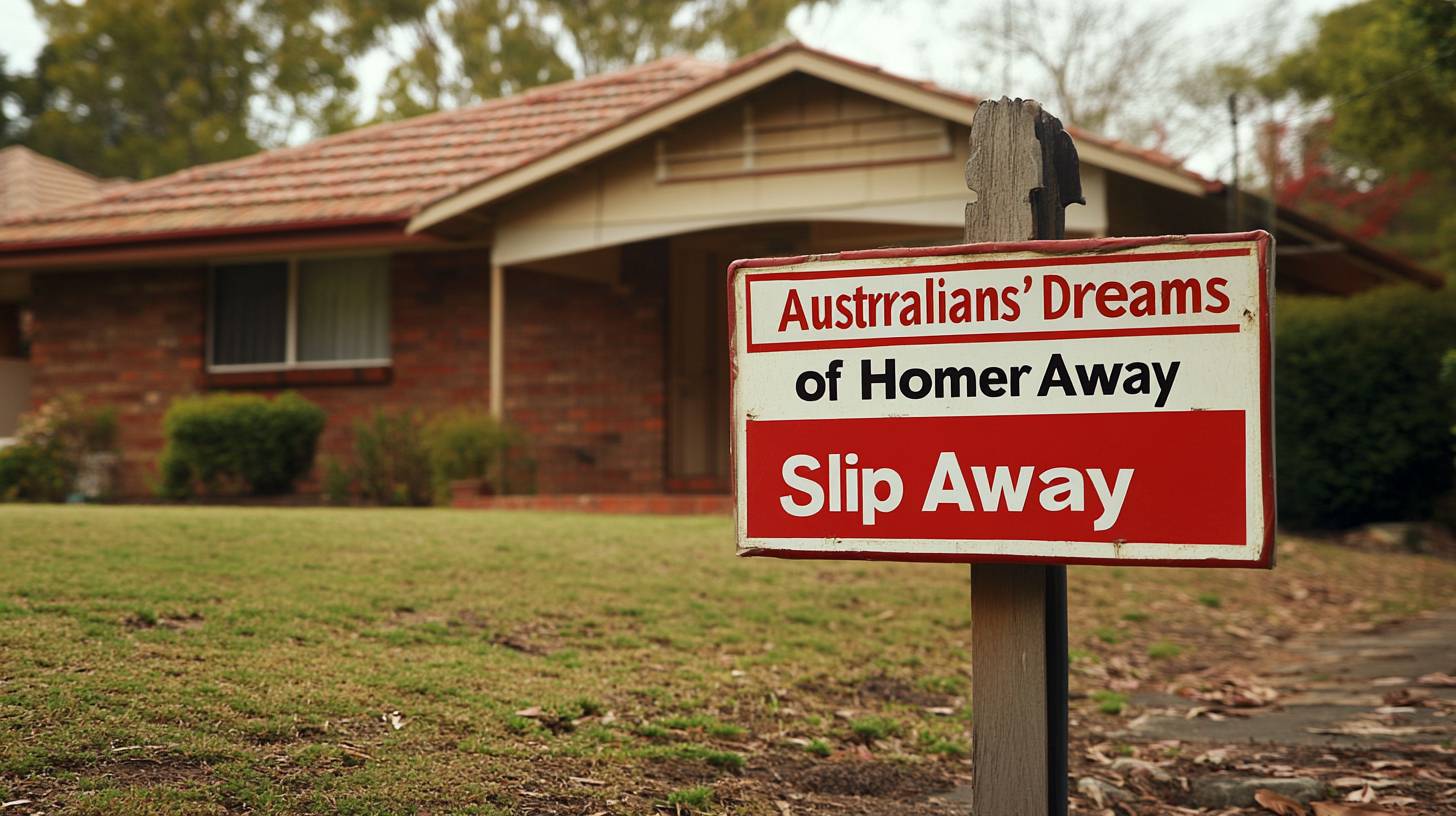
Escalating property costs and their effects on young buyers
In recent years, property costs throughout Australia have soared drastically, presenting considerable obstacles for younger buyers. The median home price in major cities such as Sydney and Melbourne has jumped significantly, with Sydney’s median house price now surpassing .2 million. This swift rise has exceeded wage increases, making it progressively challenging for first-time buyers to amass a deposit.
For numerous young Australians, the conventional 20% deposit is becoming a remote possibility. In Sydney, for instance, a 20% deposit on a median-cost home would necessitate saving over 0,000. Even in regional regions, where prices are usually lower, the affordability gap is increasing as demand drives prices upward.
Consequently, many young buyers find themselves completely priced out of the market or compelled to explore alternative avenues such as purchasing smaller apartments, relocating to less sought-after areas, or depending on financial help from family. This transition is also visible in the increasing number of young Australians turning to rentvesting—acquiring an investment property in a more affordable zone while continuing to rent in their preferred area.
The repercussions of rising property costs extend beyond individual buyers. They also bear wider economic consequences, as younger generations are postponing significant life milestones such as starting a family or making investments in other assets. This trend could have enduring effects on the housing market, as the demand for affordable housing continuously outstrips availability.
Postponed homeownership and its lasting ramifications
The postponement of homeownership is not merely a short-term setback for young Australians; it poses considerable long-term ramifications. One of the most immediate effects is the diminished capacity to accumulate wealth through property. Traditionally, homeownership has served as a fundamental catalyst for wealth accumulation in Australia, with property values increasing over time. By entering the market later in life, young buyers lose out on years of potential capital appreciation, which could have otherwise bolstered their financial stability.
Moreover, delayed homeownership may result in heightened financial insecurity in retirement. Lacking the assurance of outright homeownership, individuals might confront increased living expenses in their later years, especially if they continue to rent. This could exert additional pressure on the public pension system, as a greater number of retirees may need government support to handle housing expenses.
Another implication is the potential rise of inequality between those who can access the property market earlier—often aided by family wealth—and those who cannot. This expanding divide could intensify social and economic disparities, as property ownership becomes increasingly confined to wealthier individuals and families. Over time, this might contribute to a more entrenched class system, where homeownership is an exclusive privilege for a dwindling segment of the population.
Additionally, the deferral in acquiring a home may influence broader economic behaviors. Younger generations may be less inclined to invest in other long-term assets, such as stocks or superannuation, as they concentrate on saving for a deposit. This alteration in financial priorities could have ripple effects throughout the economy, potentially diminishing overall investment in the stock market and other sectors.
For investors, this trend poses both hurdles and opportunities. On one hand, the demand for rental properties is expected to remain robust, as more young Australians are compelled to rent for extended periods. This could enhance rental yields and stimulate demand for investment properties in key markets. Conversely, the long-term viability of the housing market may come into question if fewer individuals are able to progress from renting to ownership, potentially causing a deceleration in property price growth over time.

